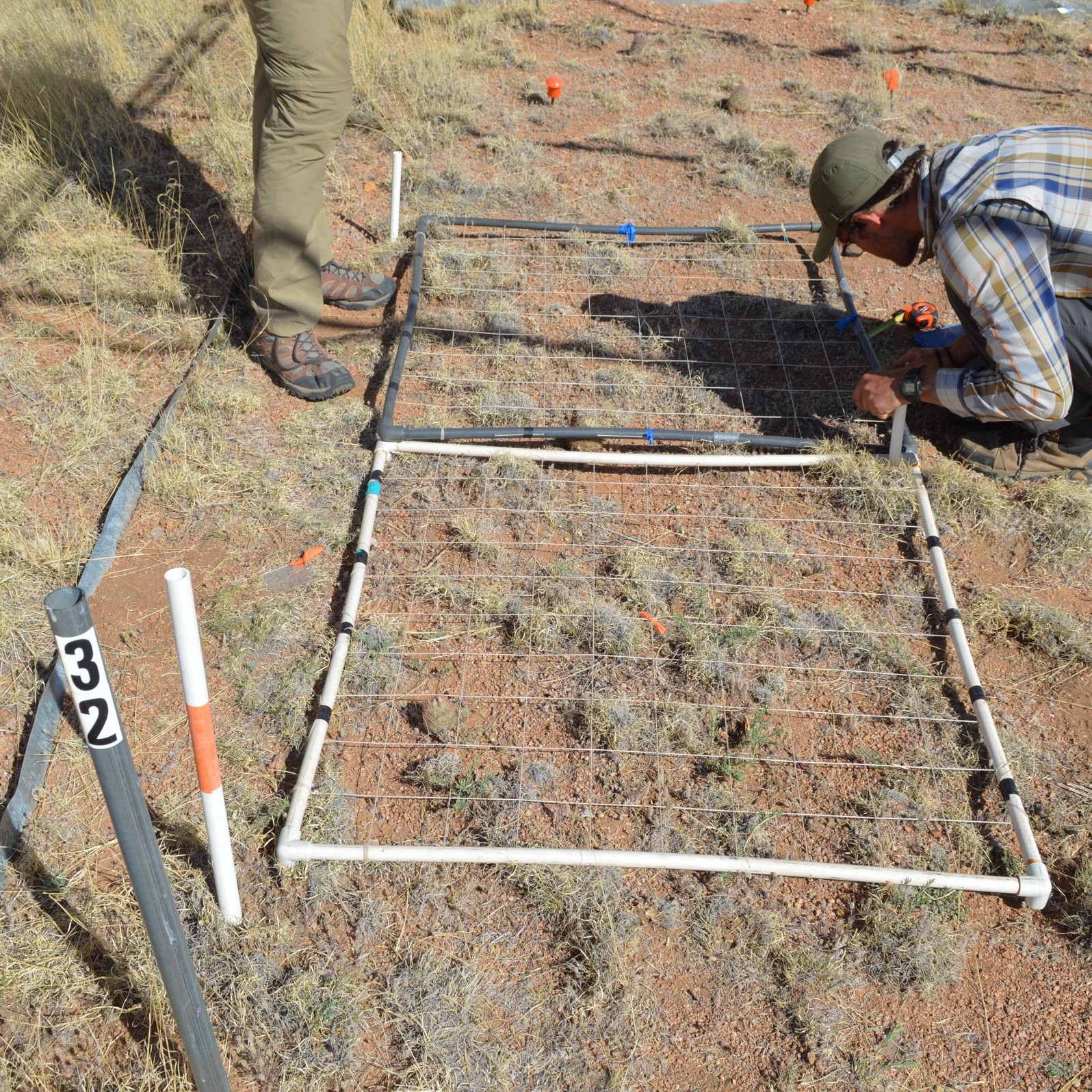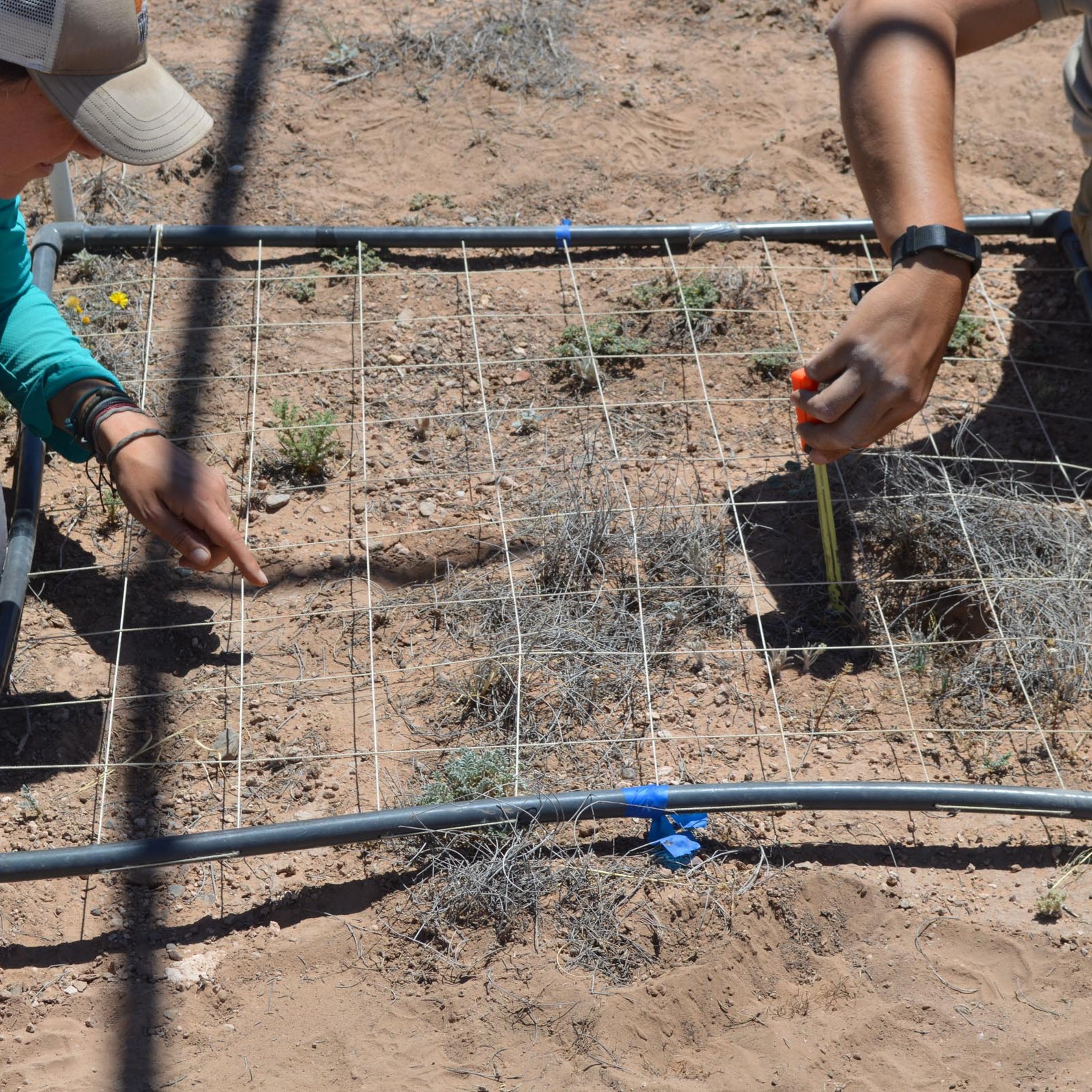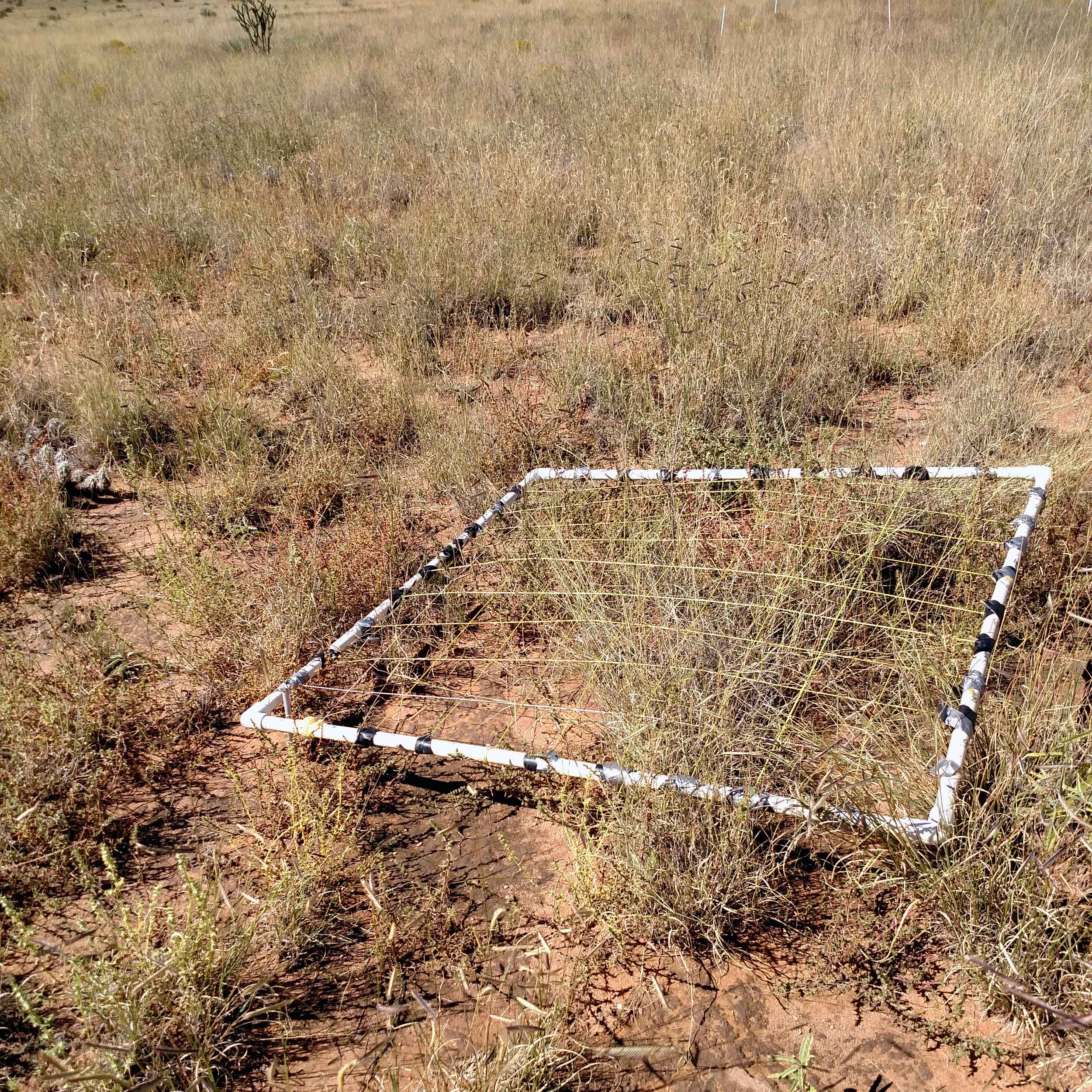Objective:
We estimate spring and fall season plant species cover and biomass to track the dynamics of populations, communities, and primary production. In subsets of sites, we also estimate belowground plant biomass. These data enable the detection of losses and gains in biodiversity and predictions on the drivers of and responses to changes in plant community composition and productivity over time. In addition, net primary production (NPP) is a fundamental ecosystem variable that quantifies rates of carbon consumption and fixation. Estimates of above- and belowground NPP are important to understanding energy flow at a community level as well as spatial and temporal responses to a range of environmental processes
Novelty:
Many long-term monitoring programs measure changes in vegetation cover or collective aboveground plant biomass; however, the SEV LTER datasets are resolved phylogenetically to plant species and spatially to the scale of individual plants or clonal patches. This finely tuned plant monitoring approach enables detailed studies of the demography of individual plant species as well as robust estimates of plant community diversity, composition, and the relative contributions of plant species to total vegetative biomass. In addition, at some sites data are paired with robust estimates of belowground plant biomass, providing the full picture of total NPP. Our statistical Climate Sensitivity Function approach (see Rudgers et al. 2018, Ecology) provides novel information on the vulnerabilities of plants to future increases in climate variability.
Design:
We monitor plants in nearly 1,000 permanently marked quadrats (1m x 1m), along 400-m transects, and belowground in root donuts across representative dryland ecosystems of the SW US. Ecosystems include Chihuahuan Desert and Plains grasslands, Chihuahuan Desert creosotebush shrublands, juniper savanna, piñon‐juniper woodland, and ecotones among them. Monitoring includes subsets of quadrats that have experienced historical burns from prescribed or natural wildfires. Quadrats have been monitored since 2002 (Plains grassland) or 1999 (all others). Line-intercept transects have been surveyed since 1989 and span one burned period. Root biomass estimates occur for a subset of sites. There are 690 plant species monitored across all SEV LTER sites on the Sevilleta National Wildlife Refuge.
Responses:
Spring measurements occur in April or May when shrubs and spring annuals have reached peak biomass. Fall measurements occur in September or October when summer annuals have reached peak biomass, but prior to killing frosts. Winter measurements in quadrats were taken in February before the onset of spring growth, but winter sampling periods ended in 2007.
In quadrats, plant species cover and height data are collected by placing a 1m x 1m PVC-frame over stakes that mark the diagonal corners of each quadrat. Each PVC-frame is divided into 100 squares, marked off with nylon string. The dimensions of each square are 10cm x 10cm, and each square represents 1 percent of the total area. The cover (area) and height of each individual live (green) vegetative unit that falls within the 1m x 1m quadrat is measured. A vegetative unit consists of an individual size class (as defined by a unique cover and height) of a particular species within a quadrat. Cover is quantified by counting the fractional number of 10cm x 10cm squares filled by each vegetative unit.
Along transects, line-intercept data are collected by unrolling a 100m measuring tape and affixing it to permanent pieces of rebar hammered into the ground at each of the four segments of a 400 m transect. Each species or substrate (i.e., bare soil, litter) that intersects the tape and occupies at least one centimeter is recorded whether rooted beneath the tape or not. Observations are recorded at the cm level, the point at which the species or substrate first crosses the tape being stated. This starting location is noted but the ending point is considered to be the starting point of the next species or substrate.
For root biomass, roots and soil are harvested annually in late fall after the growing season, and structures are reestablished in situ for consecutive harvests each year. Each structure allows roots to be harvested at two depths (0-15 and 15-30 cm) to estimate root production, or below ground net primary productivity.
SEV Plant species list:
Sevilleta Long-Term Ecological Research Program Plant Species List. https://portal.edirepository.org/nis/mapbrowse?scope=knb-lter-sev&identifier=318
Climate sensitivity function approach:
Maurer, G. E., A. J. Hallmark, R. F. Brown, O. E. Sala, and S. L. Collins. 2020. Sensitivity of primary production to precipitation across the United States. Ecology Letters 23:527–536. https://doi.org/10.1111/ele.13455
Rudgers, J.A., Chung, Y.A., Maurer, G.E., Moore, D.I., Muldavin, E.H., Litvak, M.E. and Collins, S.L. (2018), Climate sensitivity functions and net primary production: A framework for incorporating climate mean and variability. Ecology, 99: 576-582. https://doi.org/10.1002/ecy.2136
Quadrat data:
Burn Study Sites Quadrat Data for the Net Primary Production Study at the Sevilleta National Wildlife Refuge, New Mexico. https://portal.edirepository.org/nis/mapbrowse?scope=knb-lter-sev&identifier=156
Line intercept:
Grassland Vegetation Line-Intercept Transects at the Sevilleta National Wildlife Refuge, New Mexico. https://portal.edirepository.org/nis/mapbrowse?scope=knb-lter-sev&identifier=4
Discontinued Vegetation Line-Intercept Transects in Transition Zones at the Sevilleta National Wildlife Refuge, New Mexico (1989-1998). https://portal.edirepository.org/nis/mapbrowse?scope=knb-lter-sev&identifier=200
Collins, S. L., Y. A. Chung, L. E. Baur, A. J. Hallmark, T. J. Ohlert, and J. A. Rudgers. 2020. Press–pulse interactions and long-term community dynamics in a Chihuahuan Desert grassland. Journal of Vegetation Science. https://doi.org/10.1111/jvs.12881
Chung, Y. A., S. L. Collins, and J. A. Rudgers. 2019. Connecting plant–soil feedbacks to long-term stability in a desert grassland. Ecology. https://doi.org/10.1002/ecy.2756
Chung, Y. A., A. Jumpponen, and J. A. Rudgers. 2018. Divergence in diversity and composition of root-associated fungi between greenhouse and field studies in a semiarid grassland. Microbial Ecology. https://doi.org/10.1007/s00248-018-1277-y
Root donuts:
Collins, S. 2016. Below-Ground Net Primary Production (BNPP): Root Ingrowth Donuts in Chihuahuan Desert Grassland and Creosote Shrubland at the Sevilleta National Wildlife Refuge, New Mexico (2005-present) ver 234833. Environmental Data Initiative. https://portal.edirepository.org/nis/mapbrowse?scope=knb-lter-sev&identifier=175
Methods to estimate plant biomass:
Sevilleta Plant Species Sensitivity of Dryland Plant Allometry to Climate. https://portal.edirepository.org/nis/mapbrowse?scope=knb-lter-sev&identifier=319



